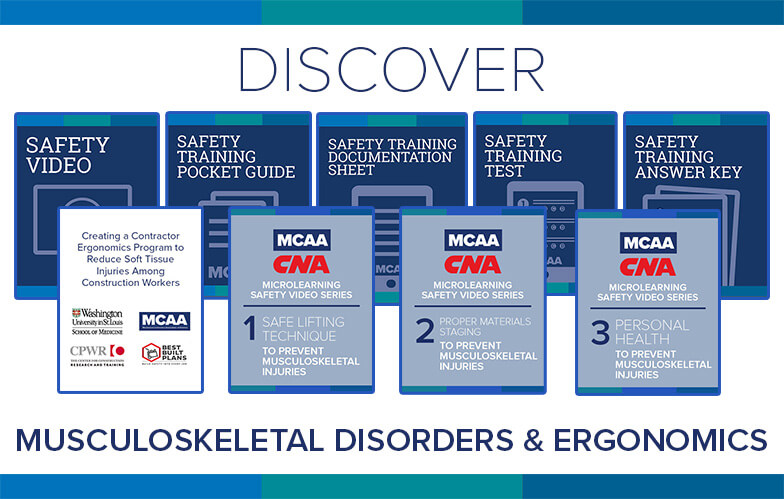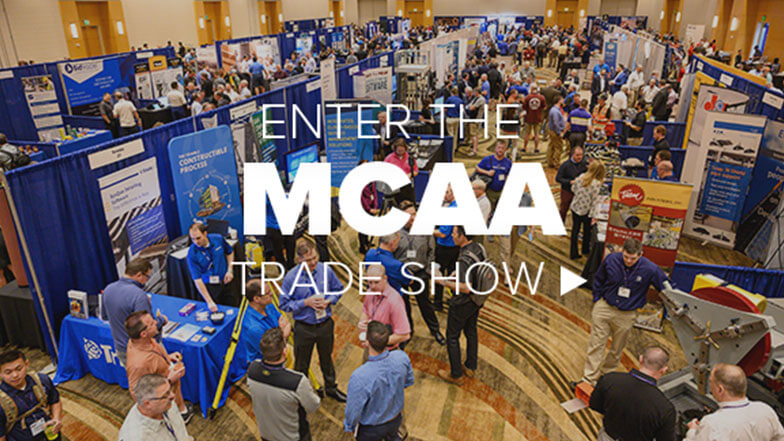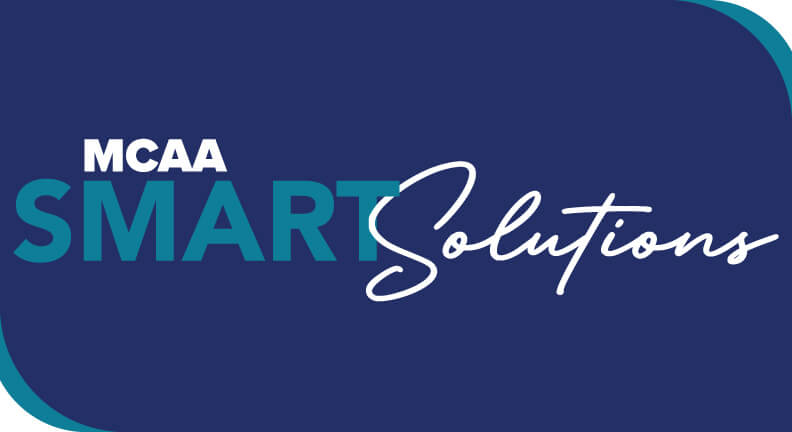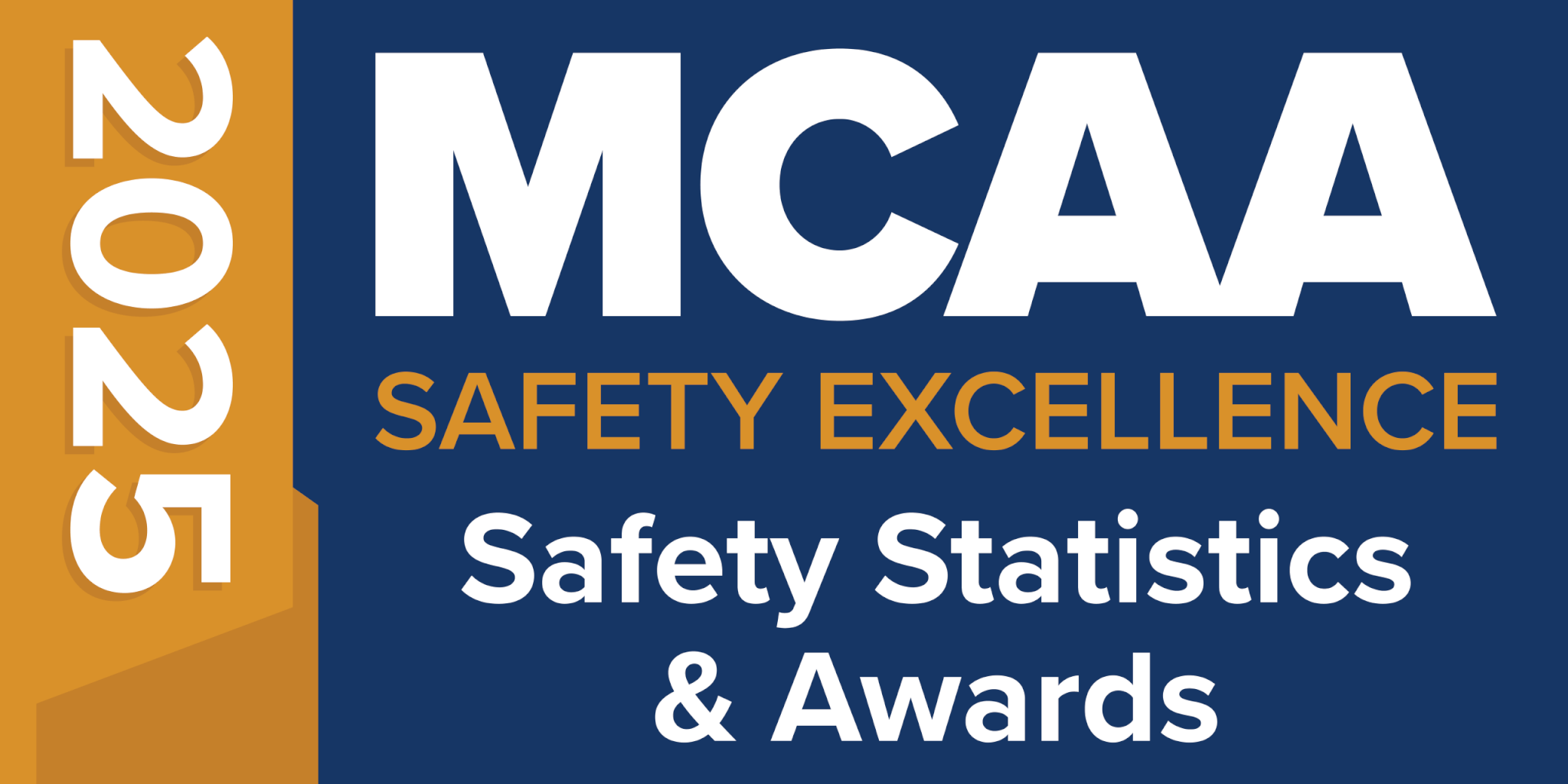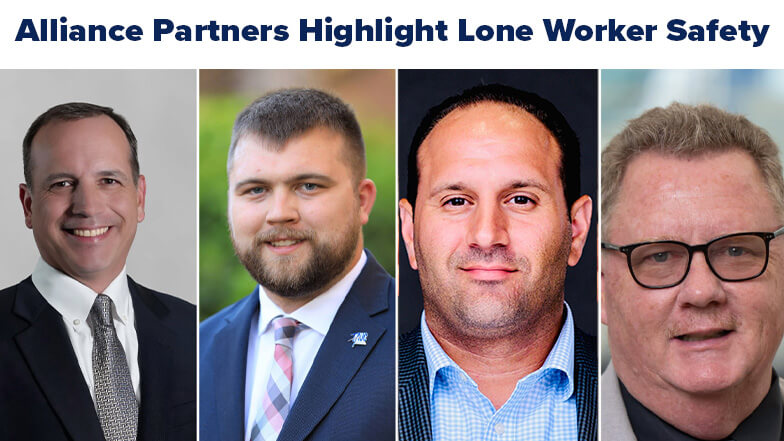
According to the U.S. Bureau of Labor Statistics (BLS), approximately 15% of the U.S. workforce could be considered lone workers, often working in hazardous environments without direct supervision. Factors such as environments, job duties, and isolation contribute to increased risks for their injury.
Within the trades, lone workers who are responsible for fixing and maintaining machines, mechanical equipment, and building systems such as plumbing, electrical, air-conditioning, and heating, play a crucial role in maintenance and repair. These individuals’ isolation increases their risk of accidents and injury, and ensuring their safety is a priority for industry leaders, employers, and policymakers alike.
“Lone workers are dedicated and essential personnel who are called upon for their expertise and ability to solve problems independently,” said SMACNA CEO Aaron Hilger. “It’s vital that we understand all the dangers face and do everything possible to mitigate risk and reduce injury and harm.”
Understanding the Risks
While the BLS does not explicitly categorize lone workers in its data, there is analysis available, including overall workplace injury and fatality data among different professions, that helps us understand the big picture.
According to the numbers, maintenance and repair workers reported 23,400 nonfatal injury and illness cases requiring days away from work in 2020, the most recent year that data is available. The most common injuries, likely similar today include sprains, strains, and tears (6,550 cases); soreness and pain (3,690 cases), cuts and lacerations (2,460 cases), and fractures (2,130 cases).
Lone Worker Safety Model Program
Every organization should have a lone worker safety program in place that best fi ts the needs of its team. When a worker is called to a jobsite solo or where assistance is not readilyavailable when needed, they should know that they are supported even though they cannot benefi t from direct interactions with other workers and staff.
The purpose of a lone worker safety program should be to:
- Ensure that there are adequate systems in place to protect the health, safety, and welfare of lone workers,
- Reduce risks related to lone work and implement appropriate safety measures,
- Provide a framework for identifying potential hazards and risks, determining necessary safety measures,
- Protect both employers and employees by increasing awareness of lone worker safety concerns,
- Ensure proper training to help lone workers recognize and manage safety risks, and
- Minimize the number of incidents and injuries among lone workers.
The elements of a model lone worker safety program listed below are not intended to provide an exhaustive list of best practices. Employers should make independent determinations regarding compliance with OSHA and other regulations, as well as the particular risks faced by their workers.
Best Practices for Lone Worker Safety Programs
- Training & Awareness: Provide comprehensive safety training, ensuring all workers are aware of potential hazards and are equipped with knowledge about emergency procedures.
- Use of Safety Equipment: Ensure workers have access to personal protective equipment (PPE), gas detectors, alert systems, and other items that can significantly reduce the risk of injury.
- Emergency Communication & Monitoring: Implement automated alerts, lone worker check-in systems, and 24/7 monitoring solutions help ensure immediate response in case of emergency.
- Ergonomics & Injury Prevention: Employ ergonomics programs to reduce strain-related injuries, particularly in lifting, carrying, and repetitive motion tasks.
Daniel Hogan, CEO of TAUC, added, “Every action taken to improve safety is a step forward for the construction and maintenance industries. It’s important that we share what works best with each other as well, which is why our Strategic Alliance was forged one year ago.”
Lone Worker Monitoring & Policy Assessment
The final aspect of lone worker program is a well-planned system in place to monitor employees and deploy help quickly when needed. This includes a manual check-in system with location tracking and an automated system featuring fall detection, a panic button, and real-time GPS tracking.
Regular communication and ongoing policy assessment will ensure effectiveness. Performance measures should include, but not be limited to reduction in work-related injuries, increased lone worker compliance and engagement with safety protocols, and improved monitoring and reporting and discussion of lone worker safety concerns.
“Lone workers in the maintenance and repair industry face unique challenges that require proactive safety measures,” said Timothy J. Brink, CEO of MCAA. “With the integration of advanced technology, robust safety policies, and proper training, the industry can significantly reduce injuries and fatalities. Employers, industry organizations, and policymakers must collaborate to ensure a safer working environment for all maintenance and repair personnel.”
The content above was originally published in SNIPS ACHR News.
MCAA members looking to establish or refine their lone worker safety programs can download MCAA’s Lone Worker Safety Model Program free as a benefit of membership. The model program can be easily tailored to meet each company’s specific needs, and highlights risk assessment, risk mitigation, responsibilities, monitoring systems, lone worker safety assessment and more.
